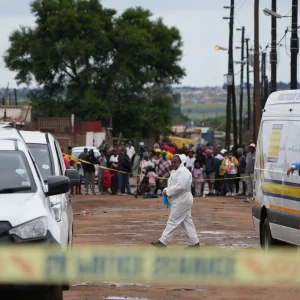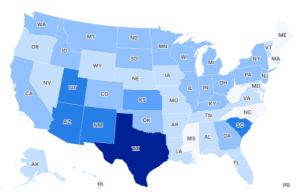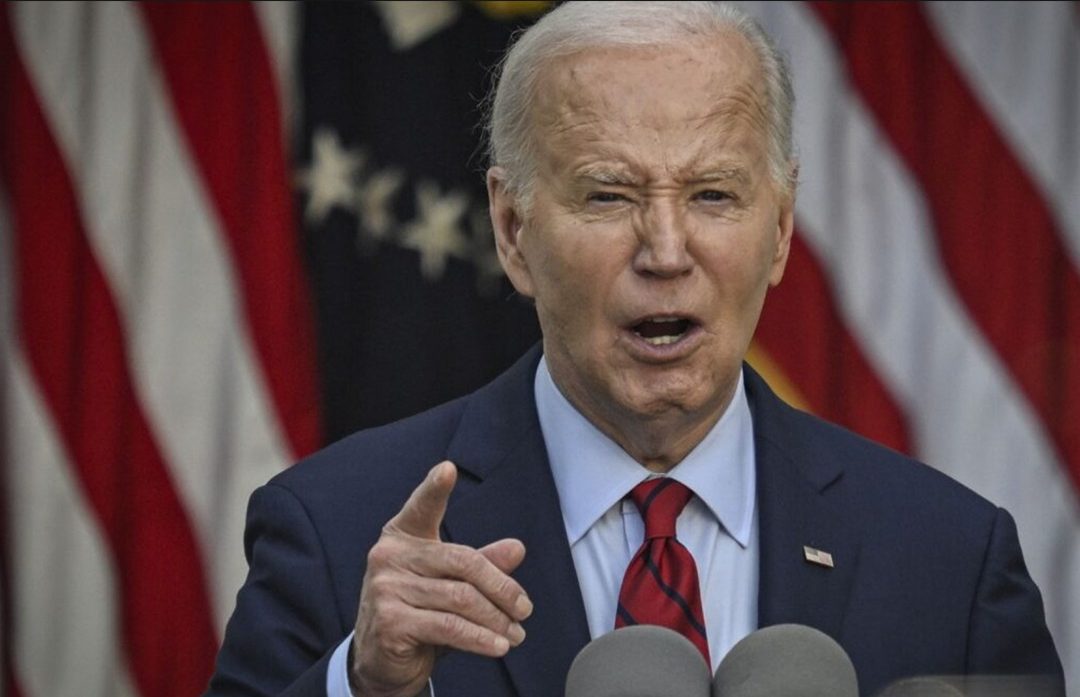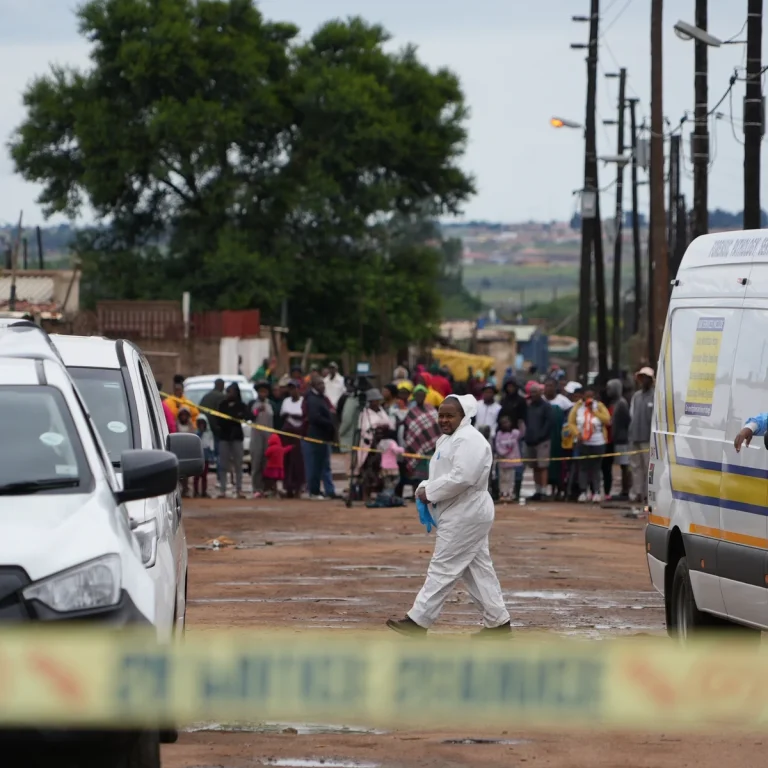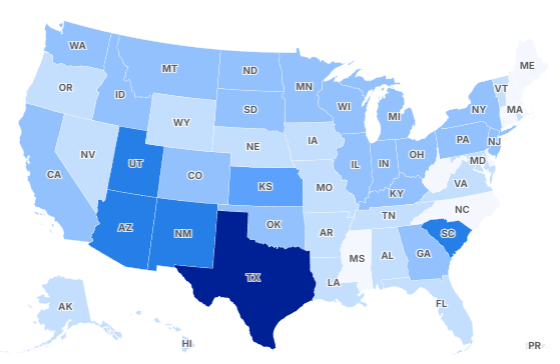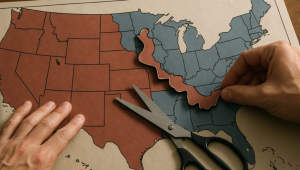The Unfolding Scene
At the outset, Idaho residents expected a straightforward conclusion: the Lava Ridge Wind Project would rise. Approved by the Biden-Harris administration in December 2024, officials and locals anticipated the project to deliver renewable energy across 60,000 acres. Yet, on August 7, 2025, the Department of the Interior announced a reversal. The development would be terminated. Readers should stay tuned to understand the political and legal motivations that triggered this unexpected turnaround—throughout this text, I’ll walk you along.
Why the Project Was Initially Green-Lit
First, let’s examine why the project got approval. Biden’s team pointed to climate goals, aiming to expand green infrastructure on federal lands. With up to 231 turbines proposed, the project aligned with sweeping renewable energy ambitions. It promised clean power while supporting rural economies. However, as we’ll see, the story didn’t stay simple.
Strong Local Opposition
Then, objections surfaced. Idaho residents, local leaders, and preservationists raised red flags. They worried that turbines would sit too close to the Minidoka National Historic Site — a WWII-era internment camp for Japanese Americans. They argued that the project threatened to diminish the solemn integrity of this memorial ground.
Attempts to Compromise — And Where They Fell Short
To address concerns, the Biden administration proposed scaling down and relocating turbines. Yet, critics said those changes didn’t go far enough. Opposition remained intense. The debate shifted from “how many” turbines to “whether any should stand near sacred heritage.”
Legal Vulnerabilities Exposed
Meanwhile, the Interior Department launched a review. It identified legal deficiencies in the approval process. Specifically, missing safeguards related to historic preservation and public input violated statutory duties. The agency emphasized that “unique statutory criteria” were overlooked during the original review.
A Swift Reversal Under Trump’s Return
Next, the timing changed everything. On President Trump’s first day back in office, the department halted the project. Secretary Doug Burgum framed the move as protecting taxpayers and rural communities. He highlighted Idaho’s land and citizens as priorities, and portrayed the cancellation as the end of “thoughtless” green policy.
What It Signals About Energy Policy Direction
Beyond Idaho, the decision fits into a broader shift. The agency rescinded its earlier “preferential treatment” for wind and solar. The new permitting framework imposes tougher standards on green projects. Secretary Burgum also voiced concerns about environmental impacts of wind turbines, such as harm to wildlife like eagles.
What Lies Ahead
While the Lava Ridge decision signals caution, it doesn’t kill all renewable plans. Instead, it underscores a pivot—federal green projects may now face more scrutiny, especially near cultural or ecological sites. Future approvals will likely demand stronger evidence of compliance and community consensus.
Final Thoughts
By abruptly cancelling the Lava Ridge Wind Project, the Interior Department demonstrated how legal holes and public pressure can outweigh high-profile climate initiatives. The reversal, spearheaded under Trump’s renewed administration, also marks a clear shift in priorities: balancing conservation, legal rigor, and local values, rather than pushing large-scale renewable development.
https://www.youtube.com/watch?v=cpUpHIjgG00

Emily Johnson is a critically acclaimed essayist and novelist known for her thought-provoking works centered on feminism, women’s rights, and modern relationships. Born and raised in Portland, Oregon, Emily grew up with a deep love of books, often spending her afternoons at her local library. She went on to study literature and gender studies at UCLA, where she became deeply involved in activism and began publishing essays in campus journals. Her debut essay collection, Voices Unbound, struck a chord with readers nationwide for its fearless exploration of gender dynamics, identity, and the challenges faced by women in contemporary society. Emily later transitioned into fiction, writing novels that balance compelling storytelling with social commentary. Her protagonists are often strong, multidimensional women navigating love, ambition, and the struggles of everyday life, making her a favorite among readers who crave authentic, relatable narratives. Critics praise her ability to merge personal intimacy with universal themes. Off the page, Emily is an advocate for women in publishing, leading workshops that encourage young female writers to embrace their voices. She lives in Seattle with her partner and two rescue cats, where she continues to write, teach, and inspire a new generation of storytellers.
